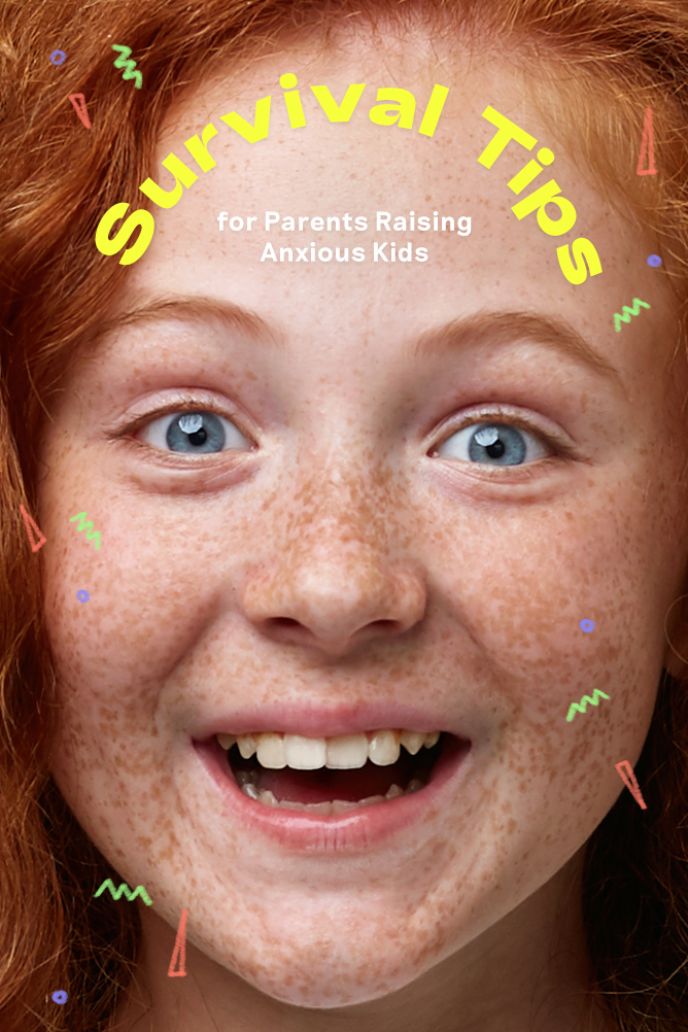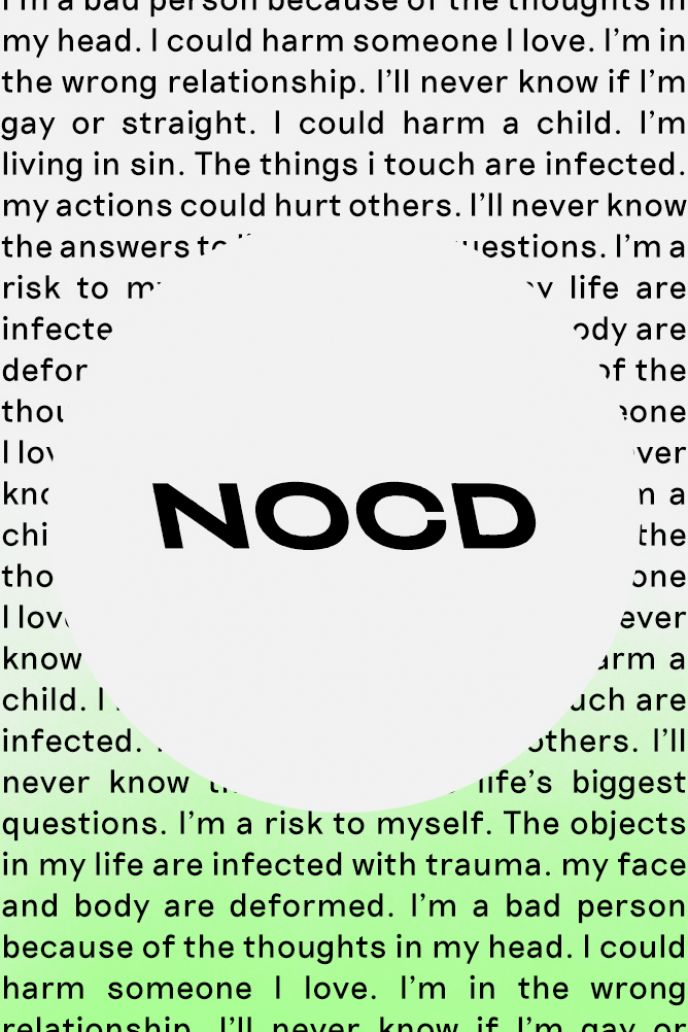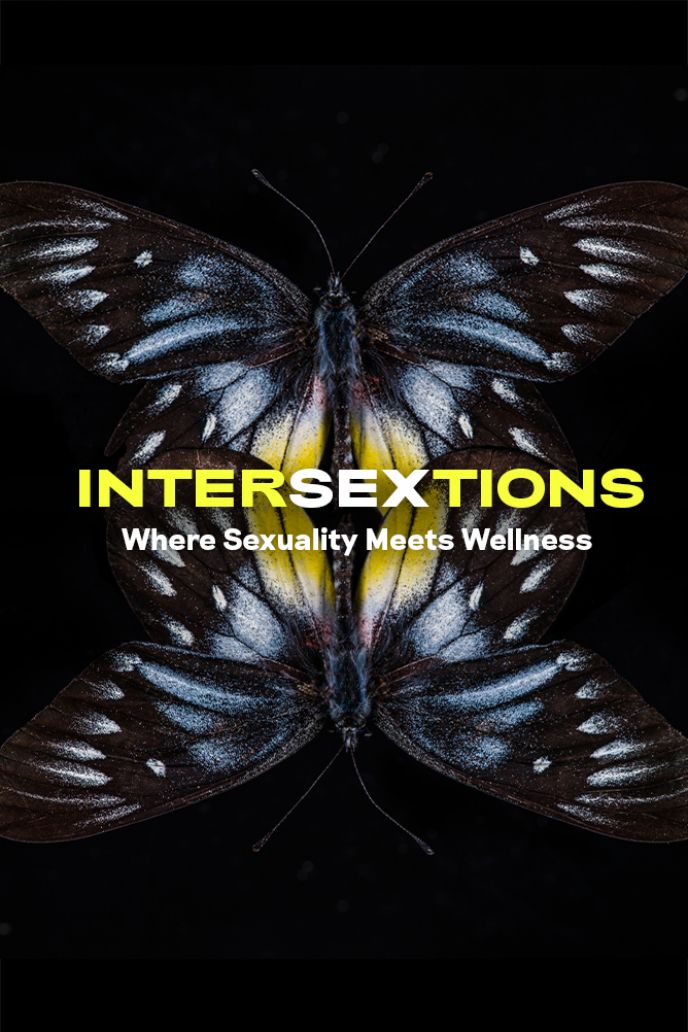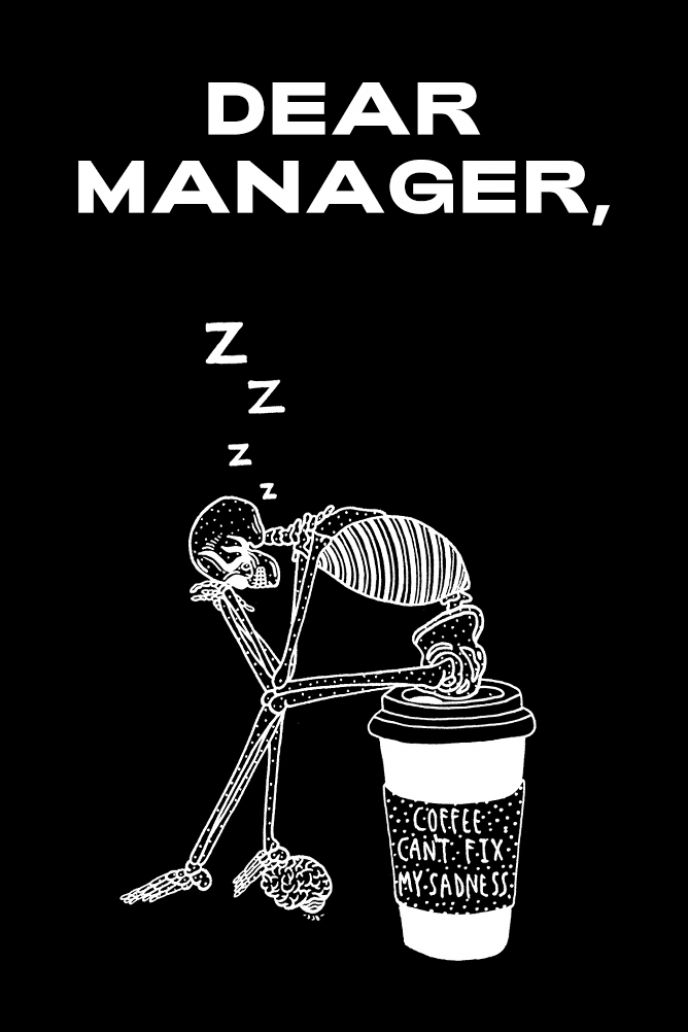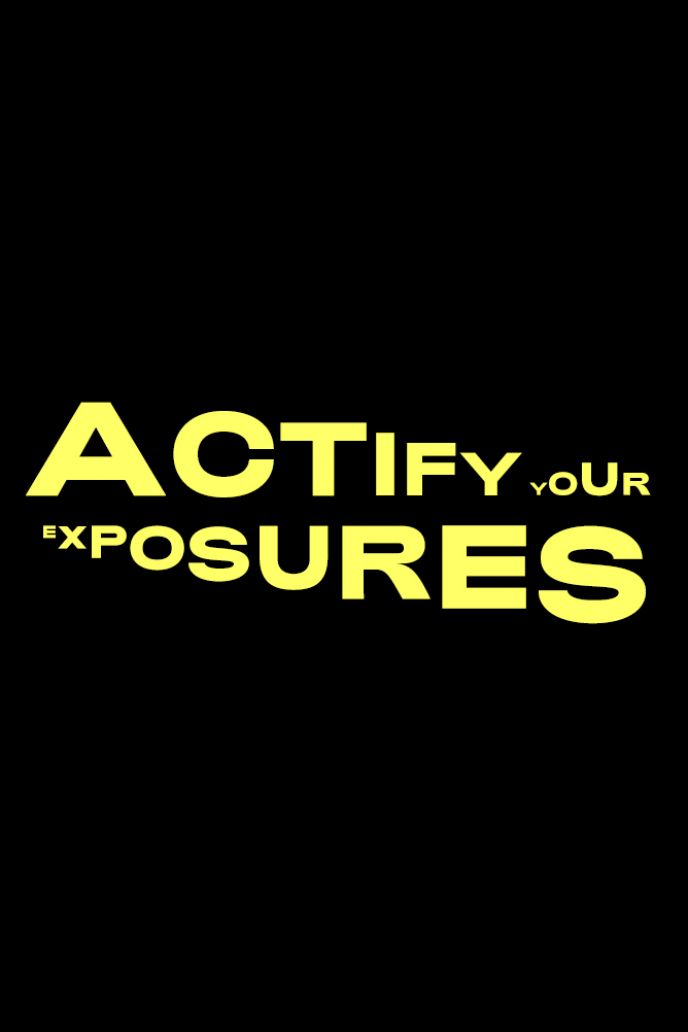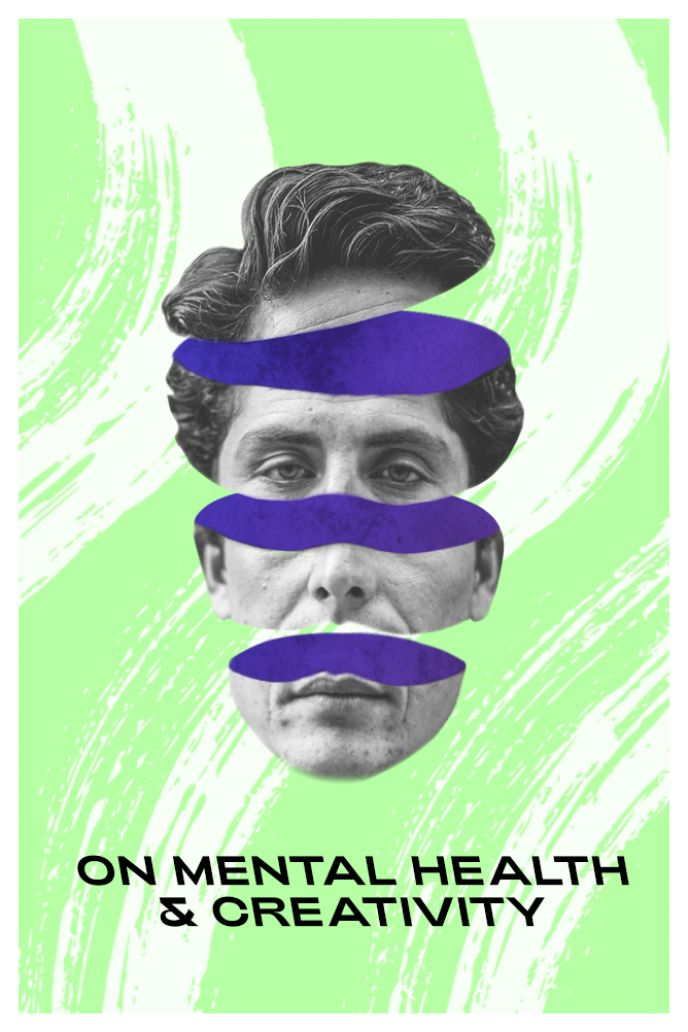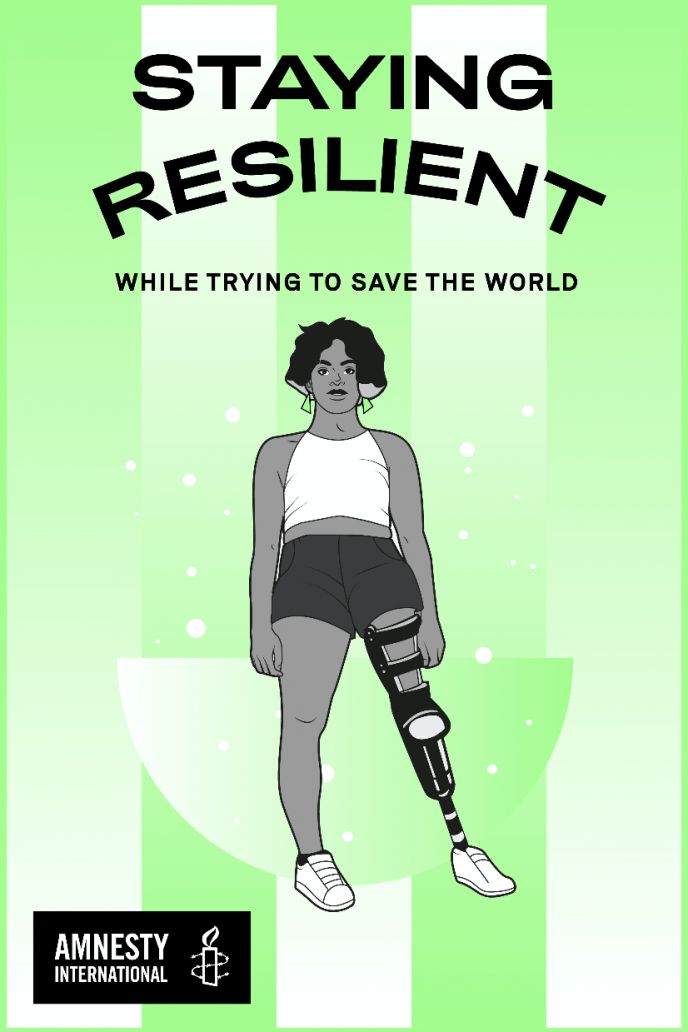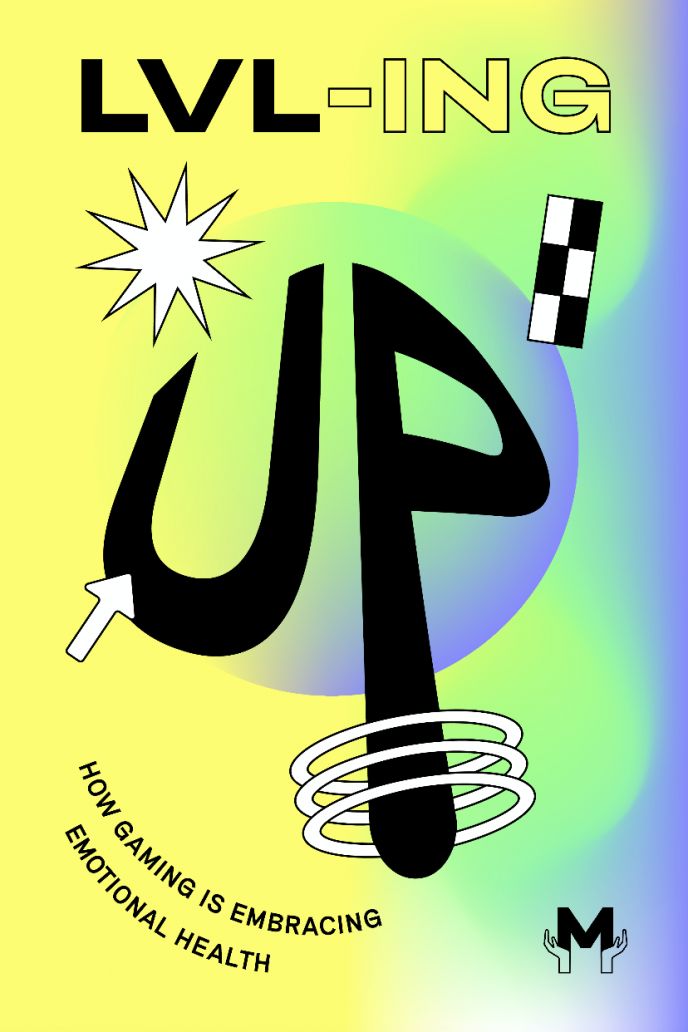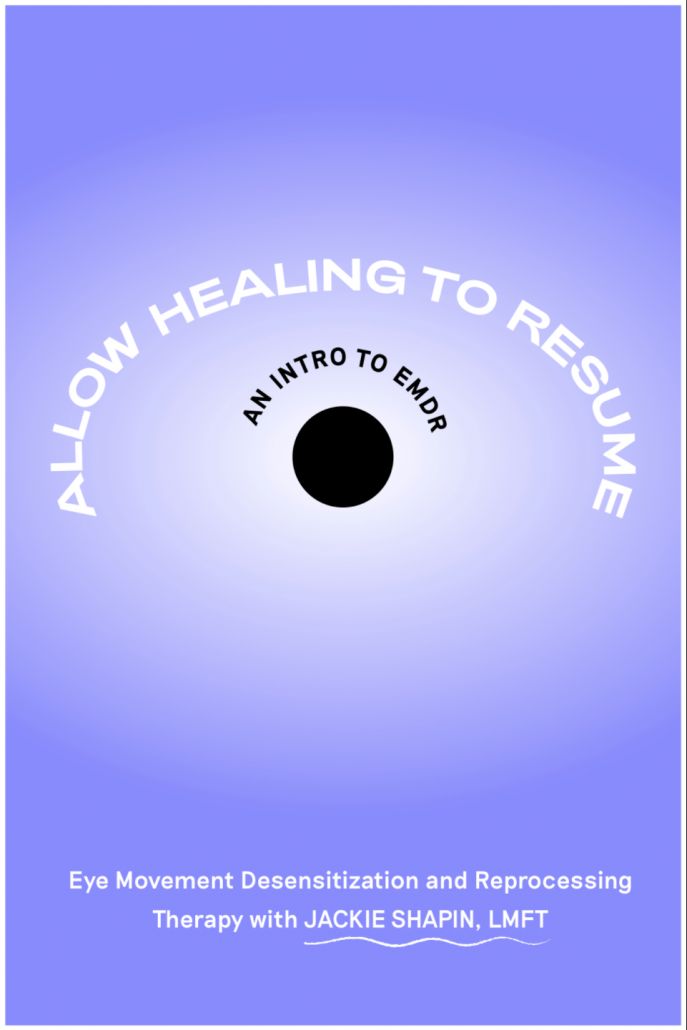Pure O: An Exploration into a Lesser-known Form of OCD
What is purely obsessional OCD and how do I know if I have it?
Written by Dr. Jordan Levy, Dr. Jan Weiner
01 Pure O is a form of OCD in which a person experiences obsessive, unwanted thoughts without visible compulsions or rituals.
02 Many people spend years or decades living with undiagnosed OCD because they are unfamiliar with Pure O. OCD is frequently thought of as a disorder that causes hyper-organized or germaphobia related behaviors. That is not the case.
03 There are many subtypes within Pure O that span a wide range of themes — pedophilia, sexuality, relationships, harm, contamination. In this article, two doctors overview a few of them, their symptoms, and recommended treatment options.
04 If you think you or a loved one are suffering from Pure O, see a local specialist.
Pure Obsessional OCD (Pure-O) is a type of Obsessive-Compulsive Disorder (OCD) in which an individual reports experiencing obsessions without outwardly observable compulsions.
Pure-O obsessions often manifest as intrusive, unwanted, inappropriate thoughts, impulses or “mental images.” The compulsions for Pure-O mainly exist in the form of mental rumination and reassurance seeking. Intrusive thoughts and images tend to coalesce around specific themes including: safety and harm thoughts about self and others, worries about sexual orientation (Sexual Orientation OCD or Homosexuality OCD), worries about relationship decisions (ROCD), fears of doing something illegal, pedophilia (POCD), over-concern for honesty or religious purity, or existential fears.
It is important to distinguish Pure-O from a singular fleeting thought. All humans experience unwanted thoughts. However, non-clinical persons, or those who do not have OCD, are able to easily dismiss the thoughts as uncomfortable, weird, or just something their brain does. What distinguishes Pure-O from a fleeting unwanted thought is the anxiety that becomes affixed to these thoughts which then creates a significant amount of distress to the sufferer.
Pure-O sufferers often report that their thoughts make them incredibly anxious and they can’t get them out of their head. Thus, what ignites the symptoms of Pure-O is not the experience of intrusive thoughts but actually one’s reaction to them. The more one dislikes experiencing the intrusive thoughts and tries to repress, control, or fight the thoughts, the greater the frequency of intrusive thoughts one will experience. It is the very act of trying to not to have a bothersome thought that guarantees its resurfacing.
Pure-O is rooted in the faulty assumption that humans have control over their thoughts, which we do not. The human brain has evolved to be constantly spinning around, trying to find interesting problems to solve, and to search for threats to our safety or existence. The brain is particularly interested in thoughts that contain uncertainty.
When a Pure-O sufferer’s brain lands on a thought or question that is unacceptable to the person having the thought, the fear network of the brain is alerted that something is wrong and needs to be done about it IMMEDIATELY. This fight or flight experience is what causes the sufferer a great deal of distress.
Many people with Pure-O may also experience comorbidity with features of perfectionism. Pure-O sufferers tend to maintain a high overall standard for what their brain “should” be thinking and the level of control one should have over their thoughts. Individuals living with Pure-O will commonly make assumptions including, “I shouldn’t be thinking this,” “These thoughts are wrong or bad,” or “I should be able to control my thoughts.”
They spend time analyzing why they are having these thoughts and what the thoughts say about them as a person. For many sufferers of Pure-O, failing to meet this standard of control over their own brain will lead them to conclude that they are a bad person or a monster, and they are not.
There are many sub-types of Pure-O. Some sufferers may experience one theme that plagues them incessantly, whereas others may experience themes that rotate around. The next section of this article will elaborate on several common sub-types of Pure-O.
COMMON PURE-O SUBTYPES
Pedophilia OCD (pOCD) encompasses unwanted thoughts, images, and urges related to sexual attraction toward or molestation of children. An individual struggling with pOCD struggles with the doubt and shame related to the question of “Am I a pedophile?”
The following are typical examples of pOCD:
- A woman is changing her niece’s diaper and worries that she may have intentionally grazed by her niece’s vagina or is hyper-focused on the baby’s nether regions. She responds by quickly changing the diaper or asking her sister to do it for her.
- A woman who works with children suddenly gets flooded with images of one of her students performing oral sex on her. She calls out sick from work for the rest of the week so as to not see this student which will provoke more unwanted images.
- A man is sitting on the subway and feels a groinal response after noticing a young girl. He looks away and tries to shut down his groinal response.
- A woman is sitting next to a young boy on the bus and assesses how she feels in comparison to being touched by her husband.
- A man is spending the day at the beach with his family when a pre-pubescent girl walks by in a bathing suit. He attempts to figure out if he was examining her body in a sexual way.
- A man is watching a popular television show and notices that one of the underage characters is pretty. He feels this is perverted and tells himself that he is a monster for having this thought. He now avoids watching this show and other shows with children in them.
- A woman feels an increase in vaginal lubrication while hugging her son. Disgusted by this response, she shames herself and limits physical contact with her family.
- A young man is watching pornography when he suddenly becomes unsure if the girl is 18. He drills a hole through his computer, throws the computer in the water and refuses to go anywhere near a pornography website.
- A man is bouncing his daughter on his lap when he feels a groinal movement. Convinced that this means he is a pedophile, he immediately stops and tries to figure out what it all means, reading articles about pedophiles and trying to determine if he shares characteristics with them.
Harm OCD is a term used to describe obsessive thoughts, images, urges and impulses related to harm towards oneself or others.
The target of these thoughts can be family members, friends, anyone close to you, or even complete strangers. The most prototypical manifestation of Harm OCD is the individual who hides all the knives in the house so that they don’t act on their fear and impulsively stab family members.
As with all spike themes, Harm OCD does not indicate anything about the OCD sufferer or their penchant for violence. Having violent images does not increase the likelihood that you will engage in violent behavior.
Additional examples of Harm OCD include:
- A man has an image of pushing an obnoxious person standing in front of him into the oncoming subway tracks. Fearing that this image means that he may actually do it, he considers previous episodes when he has had violent thoughts or acted violently and he moves 10 feet away from this person.
- A legal gun-owner experiences violent thoughts about his wife. He responds to these images by storing all guns in a gun safe that only his wife has the combination to rather than continue to carry the guns with him as he normally would.
- A woman has an urge to strangle her husband while hiking. Noting that noone is around to stop her, she requests to terminate the hike. She avoids hiking from this point forward and pesters her husband with questions regarding his thoughts on her potential to strangle people.
- A teenager notices that he is feeling somewhat down that day. He begins to fear that he may become even more depressed and commit suicide by jumping out of the window. He compulsively thinks as many “happy thoughts” as possible in order to ensure that he won’t end his life.
- A man experiences an urge to stab his son. Worrying that he may lose his mind and act on this urge, he considers turning himself into the police so that he can ensure that this will not happen.
- A woman is driving with a friend when she observes an intrusive thought about impulsively driving into a tree. She pulls the car over and asks her friend to take over.
- A man has an image of shooting a child while driving to work. He responds by taking a different route to work, one that avoids all playgrounds, parks and schools where children may be present.
- A new mother becomes preoccupied with the fear of causing harm to the innocent baby. She requests that her husband give all baths to the baby to ensure that she can’t drown the baby.

OCD3: Dr. Phillipson Talks Science, Symptoms & Treatment of OCD
Sexual orientation obsessions in OCD (SO-OCD), also commonly referred to as HOCD, or “homosexual OCD,” is a specific type of OCD that involves extreme anxiety surrounding worries about sexual orientation.
Common SO-OCD obsessions include worries about experiencing an unwanted change in sexual orientation (i.e. fear of becoming gay), fears that others may think one is gay, or fears that one has hidden same-sex desires.
As with all spike themes, SO-OCD does not indicate anything about the OCD sufferer or their sexual preference. Having intrusive thoughts and/or images about the same sex does not increase the likelihood that one will engage in homosexual behavior or ‘come out’.
Additional examples of SO-OCD include:
- A college aged woman suddenly catches a glimpse of her roommate changing her clothes. Suddenly, she is flooded with thoughts of whether or not she was attracted to her roommate’s naked body. She checks her vagina for signs of arousal and actively avoids looking at her roommate in the future out of fear it will provoke more unwanted thoughts.
- A man is walking down the street and notices that another man is attractive. During the rest of his walk to work he avoids looking at any other strangers. When he arrives at the office, he immediately searches on google and on various blogs for topics on sexuality, including ‘how do you know if you are gay?’
- A newlywed woman worries that her thoughts of becoming gay must mean that she will have to leave her spouse. She asks her husband constantly for reassurance regarding whether he thinks she is straight and also compulsively researches information on the internet about ‘how to know if/when you are coming out?’
- A young man is sitting with his legs crossed and has the thought, "What if crossing my legs this way makes people think I'm gay?" He ruminates on what his friends may be thinking about him and what other behaviors he may be engaging in that may be similarly perceived.
- A woman repeatedly has the thought, "What if I have been unconsciously gay all along and I just don't know it yet?" She avoids certain neighborhoods where people who are gay hang out. She also avoids all television shows, movies, and media that contain any homosexual/homosexuality references.
Relationship OCD, also commonly referred to as ROCD, is another form of Pure-O in which the sufferer experiences intrusive, unwanted, and distressing thoughts about their feelings of attraction, attachment, and love for their partner. Obsessions in ROCD include a preoccupation with doubting the relationship or whether their spouse is ‘the one,’ and/or doubting the overall level of attractiveness, sexual desirability, or long-term compatibility. Obsessions often arise in otherwise entirely healthy relationships.
As with all forms of OCD, compulsions are performed in an effort to reduce the individual’s anxiety related to their unwanted obsessional thoughts and intense discomfort with uncertainty. Frequently, ROCD behavior revolves around the obsession “what if I don’t really love/or are attracted to my partner.”
ROCD is often misdiagnosed by mental health treatment providers who simply don’t have a solid grasp of the complexities of OCD and all of its variations. As a result, many therapists frequently misread the symptoms of ROCD as a sign of “relationship issues”, rather than as evidence of ROCD.
Many clinicians and practitioners who are not properly trained with Pure-O may suggest that “maybe you’re just not that into him” or suggest that the person “may not be right for you” or “not the one” or “you should really listen to your doubts” which often leads the ROCD sufferer into a panic.
Many people have a difficult time understanding the difference between ROCD and more typical relationship doubts. For individuals suffering with ROCD, doubts about their relationship are usually ego-dystonic, which simply means that their doubts are inconsistent with their feelings. Many people doubt their relationships from time to time, but they are not tortured by these thoughts. The core issue with ROCD is not intimacy, but intolerance of uncertainty. Being afraid to commit to another person is not the same as ROCD.
Some examples of ROCD include:
- A married woman who has the obsessional thought, “What if I don’t really love my partner?” She looks at old pictures and mentally recites her wedding vows until she feels right about him.
- A young man is drawn to the shape of his girlfriend’s chin and obsesses whether or not he finds her attractive enough to be with her or whether he should break up with her. The thoughts of both leaving and staying cause the man significant anxiety and he compares his girlfriend with other girls he sees on the street to look for evidence of sufficient feelings.
- A woman knows that her boyfriend is about to propose and she worries whether or not he is “the one” and tries to figure out through mentally replaying different scenarios of a possible engagement to see if she is going to feel the right way when he pops the question.
- A young man is attracted to a girl he notices on the street and begins to obsess that it must mean that he doesn’t love his girlfriend and that he must be in the wrong relationship. The young man becomes very upset because he does not want to have to break up with her.
- A girl who is living with her boyfriend confesses that there are times when she feels turned off by the thought of intimacy or sex with her partner. She believes that if she is not “100% attracted to him 100% of the time,” then this must be proof that she is in the wrong relationship.
- A husband imagines cheating on his partner and fears that because he had these thoughts that he must secretly want to be with someone else.
What If’s: The Quest For Certainty
As previously discussed, OCD and non-OCD sufferers can experience any of these unwanted thoughts at any time. The qualifying difference is that the OCD sufferer experiences a debilitating level of anxiety in association with the presence of these thoughts and the notion of tolerating the uncertainty around the answer to a particular “what if” question: “What if I am gay?” “What if I’m a pedophile?” “What if I do not love my spouse?” OCD sufferers often make the faulty assumption that they ‘should’ be able to control their thoughts and that the thoughts ‘should’ not be there. Secondly, the OCD sufferer thinks that because the recurring thoughts are present, “they must mean something” about the sufferer. Thus, begins the analysis (mental compulsions) and quest to prove or disprove (undo) the intrusive thought in order to attempt to gain an answer to the question and seek relief from the anxiety.
As the quest for seeking certainty begins, OCD sufferers aim to prove that they are not what their brain is telling them they already are or could become. Spikes related to Harm OCD, pOCD, ROCD, and SO-OCD can overpower an individual to obsess and ruminate about past, current, or future thoughts, images, or responses. Past situations are replayed over and over in the attempt to find clues or gather facts that can help resolve the incessant doubting related to thoughts of whether or not the sufferer is going to cause harm, is a pedophile, is in the wrong relationship or is attracted to the same sex. Mental rumination within ROCD may include: trying to figure out whether they feel ‘the right way’ towards their partner, researching on the internet about relationships and love.
This mental rumination can cause a significant impairment to sufferers and distract them from conversations, from focusing at work, or from spending time with family. Everything else pales in comparison to the urgency that the OCD presents and the fraudulent remedy it presents through rumination. Eventually, this can lead to isolating behavior and depression. This effort to seek certainty through mental rumination is ineffective and only serves to empower the threatening message.
Avoidance
Another tactic that Pure-O sufferers attempt to employ is to avoid people or situations that may provoke their intrusive thoughts, and in turn, try to reduce the experience of anxiety. For example, a pOCD sufferer may walk an indirect route to work in order to avoid schools, playgrounds, or parks. They may keep their eyes down at all times or turn off the TV when there are children or adolescents on the screen. Avoidance behavior is extremely powerful and reinforcing as it prevents individuals from having to confront the horrors of pOCD in that moment. Hiding scissors and knives is a common avoidance ritual for the Harm OCD sufferer.
Many individuals with SO-OCD and ROCD will abstain from dating altogether in an effort to steer clear of these intrusive thoughts. Avoiding becoming sexually aroused ensures that unwanted thoughts and images can not present during vulnerable sexual activity. SO-OCD sufferers will often prefer to abstain from sexual activity to resist comparing groinal responses in appropriate or inappropriate situations. Individuals with Pure O are mostly aware of their avoidance behavior but choose to avoid over the arduous notion of confronting their fears.
As people with OCD make decisions to avoid potential triggers, their lives become more guided by their anxiety than their true desires. They often find themselves giving up on things or relationships that could otherwise bring them joy.
Reassurance Seeking
As with all forms of OCD, reassurance seeking is prevalent within Pure-O as it is geared towards absolving the anxiety, guilt and shame that has become all consuming.
Reassurance seeking is common in the form of looking up answers online, in books or through asking loved ones questions. These questions can seem arbitrary, nonsensical and incessant; however, family members, spouses or friends will often try to answer them repeatedly in an attempt to help the OCD sufferer.
For example, Harm OCD sufferers often ask parents to recall any potential violent episodes from childhood. Sharing the nature of the spike with loved ones feels like it helps to ensure their safety.
Questions may relate to how others perceive the OCD sufferer. An individual with pOCD may ask a loved one if they think the individual with Pure-O is a pedophile or they may ask questions aimed at ensuring that nothing fishy has happened in the past. ROCD sufferers typically compare their relationship to other relationships in an effort to reassure themselves that they really do love their partner. Reassurance can be sought by probing the Internet for information on whether they have made the “right” choice in a partner.
SO-OCD can compel someone to Google “How do I know if I’m gay?” or to read coming out stories seeking reassurance of their sexual orientation. SO-OCD sufferers may ask a spouse, friends or family for reassurance as to their sexual orientation.
Treatment
Treatment for Pure-O has improved dramatically over the past twenty years. Advances in the field of Cognitive Behavioral Therapy (CBT) have led to the development of a therapeutic approach that is remarkably effective in treating OCD. This treatment, called Exposure and Response Prevention (ERP, EX/RP, or “exposure therapy”) has dramatically altered the therapeutic management and has consistently been found by researchers to be the most effective treatment for OCD. But unfortunately, for the sufferer, there is no way to get past OCD without going through it.
ERP entails intentionally facing your fear directly by provoking unwanted, distressing thoughts and images while simultaneously resisting the urge to seek relief. In addition to ERP, medications such as selective serotonin uptake inhibitors (SSRIs) can be helpful in the treatment of Pure-O.
For Pure-O, rather than attempting to feel in control by engaging in a torturous and endless search for certainty, the treatment entails facing the fear and uncertainty directly and decisively. This can feel like an immense, if not, impossible challenge to undertake for someone who spends so much time trying to feel better by getting rid of OCD. Just as people with OCD can doubt that they have OCD, it is common to also doubt whether Exposure and Response Prevention (ERP) will be effective. But it is.
ERP usually begins by creating a fear hierarchy. The therapist will most often begin by collaborating with the client on choosing a lesser anxiety-provoking challenge, that allows the client to gain confidence and experience in the therapy methodology. Eventually, the client will progress to more difficult exposures as they grow emotional tolerance to their fears of uncertainty.
ERP can be compared to the process of getting allergy shots. By exposing patients to tiny amounts of whatever it is they are allergic to and increasing the amounts of allergen in each injection gradually over time, the body builds up a tolerance. With ERP, the body is building up a tolerance to anxiety.
Through consistently and repeatedly engaging in anxiety-provoking exposure exercises, an individual living with Pure-O can begin to habituate to the anxiety-provoking thoughts and images, rendering them irrelevant. Similar to jumping into a freezing cold pool and experiencing shock at first, your body eventually gets used to the temperature and you don’t notice the cold. In line with habituation, it is critical that an OCD sufferer chooses to remain in intensely uncomfortable situations. Eventually, an individual in treatment can learn that they are not a victim of their OCD by demonstrating to themselves that they can tolerate anxiety. This empowering message helps to build a sense of freedom and choice in the battle against OCD.
Successful therapy outcomes are directly related to the OCD sufferer’s ability to sacrifice short-term relief-seeking behavior in exchange for long-term mental liberation from Pure-O. Many patients quip that this is “easier said than done” and they are correct in asserting that engaging in EX/RP feels like an impossible challenge. Despite this understandably defeatist attitude, when one accepts uncertainty without trying to seek relief, mastery of OCD is achieved.
Dr. Jordan Levy is a licensed clinical psychologist in private practice in Manhattan and in Livingston, New Jersey. He specializes in the treatment of Anxiety and Obsessive-Compulsive Disorder including violent and sexual obsessions.
Dr. Jan Weiner is a licensed clinical psychologist in private practice in New York, New York. She specializes in the treatment of Anxiety Disorders and Obsessive-Compulsive Disorder including Pure-O.
About the author
Dr. Jordan Levy is a licensed psychologist in private practice in Manhattan at the Center for Cognitive-Behavioral Psychotherapy and in Livingston, New Jersey. He specializes in the treatment of anxiety and Obsessive-Compulsive Disorder including the Purely-Obsessional subtype (Pure-O). He can be reached by email at [email protected] or online at www.DrJordanLevy.com.
Dr. Jan Weiner is a Made of Millions advisory board member and licensed clinical psychologist who practices in New York City. She specializes in the treatment of anxiety disorders and OCD, including Pure O. Learn more about her work at www.drjanweiner.com.
Support our work
We’re on a mission to change how the world perceives mental health.


